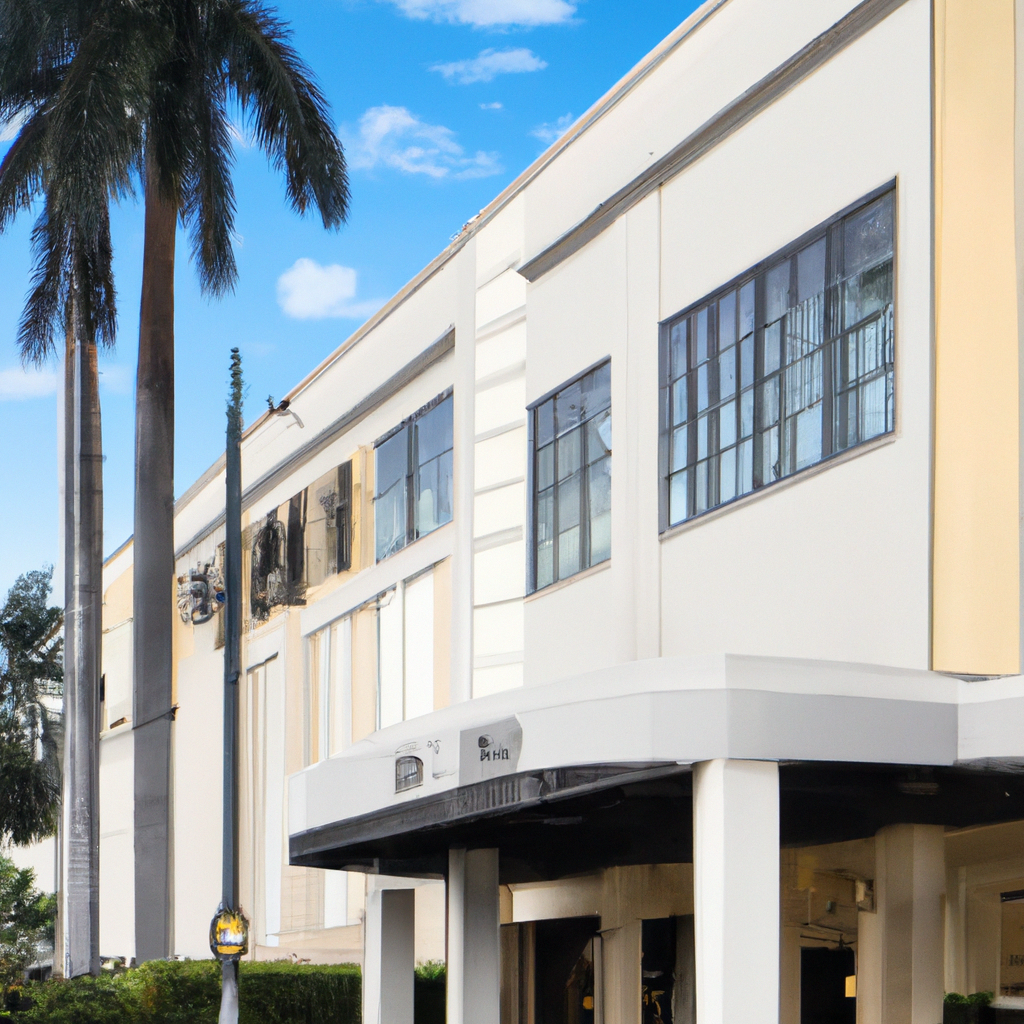Read in your native language
english german italian french spanish mandarin arabic portuguese russian japanese hindi bengali punjabi urdu korean vietnamese thai malay indonesian persian turkish polish ukrainian greek romanian hungarian dutch swedish norwegian finnish danish hebrew czech slovak bulgarian serbian croatian slovenian
Luxury Retail Landscape: The Merger of Saks Fifth Avenue and Neiman Marcus
In a significant development within the luxury retail space, Saks Fifth Avenue's parent company has announced its acquisition of rival department store Neiman Marcus for $2.65 billion. This move, reported by The Wall Street Journal, highlights the increasing pressure that traditional department stores are facing in a rapidly evolving market. The newly formed entity, Saks Global, will also see participation from Amazon and Salesforce, both taking minor stakes in the venture and providing vital technology and logistics support.
Perspectives Involved in the Situation
Several perspectives are present in this evolving situation, each with its own benefits, risks, and losses.
1. Saks Fifth Avenue and Neiman Marcus
- Benefits: The merger creates a stronger entity with a combined retail sales expectation of $10 billion, enhancing their negotiating power with designers and potentially lowering logistics costs.
- Risks: The combined brand still pales in comparison to luxury giants like LVMH and Kering, creating doubts about long-term competitiveness.
- Losses: Consolidation may lead to further store closings and job losses, as operational redundancies are eliminated.
2. Amazon and Salesforce
- Benefits: Gaining a foothold in the luxury market enhances brand prestige and opens doors to lucrative technology contracts.
- Risks: Their investments may not yield expected returns if the new entity struggles to compete.
- Losses: Potential backlash from traditional retailers who see this synergy as a threat to their operations.
3. Luxury Consumers
- Benefits: More competitive pricing and improved in-store experiences if the merged entity invests their savings wisely.
- Risks: Loss of trust if the quality of merchandise or customer service declines post-merger.
- Losses: The unique shopping experiences that upscale department stores traditionally offer may diminish in favor of a more corporate approach.
4. Competing Retailers
- Benefits: The merger of Saks and Neiman Marcus may lead to larger price gaps that could benefit discount retailers.
- Risks: Increased competition if the new entity significantly improves its offerings and draws in more luxury consumers.
- Losses: Traditional competitors who cannot adapt quickly enough may struggle to maintain market share.
Relevancy Meter
Relevancy Assessment: This topic has a relevancy level of 85%, indicating it is highly relevant given that discussions surrounding luxury retail and department store dynamics have fluctuated significantly over the past generation.
Visual Representation and Infographic
The infographic below illustrates key elements of the merger and implications for the luxury retail market:
- $2.65 Billion Merger
- Combined Sales of $10 Billion
- Impact on Luxury Consumers
- Competitive Landscape with LVMH, Kering
- Potential Growth with Technology Partnerships
In summary, the acquisition of Neiman Marcus by Saks Fifth Avenue marks an impactful moment in the evolution of the luxury retail sector as various stakeholders come together amid changing consumer behaviors and market dynamics.
Keywords: Saks Fifth Avenue, Neiman Marcus, $2.65 billion, Saks Global, Amazon, Salesforce, LVMH, Kering, $10 billion
Author: Andrej Dimov
Published on: 2024-07-29 03:54:58



